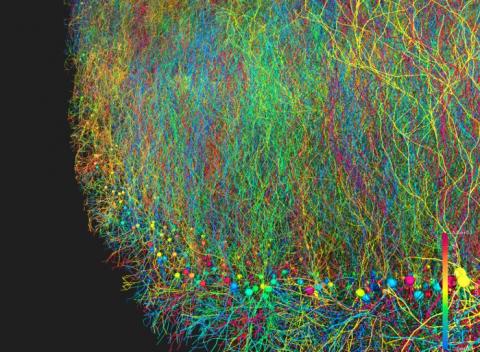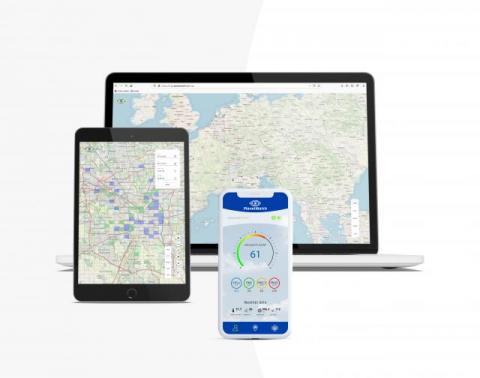
PlanetWatch, a CERN spin-off, aims to provide a solution to generate, validate, analyse and record air quality data. Their environmental sensor uses the CERN technology C2MON.

The latest example is The Madonna and Child, a painting on canvas from a private collection. In 2020, the Czech start-up InsightART successfully helped attribute the painting to the Renaissance master Raphael, using RToo, a state-of-the-art robotic X-ray scanner.
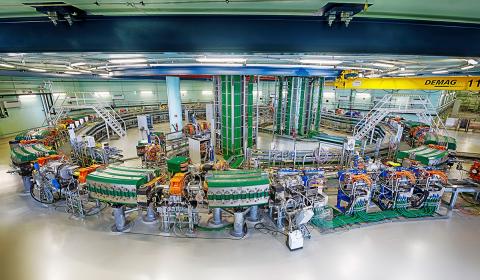
In 2020, CERN signed three new agreements with CNAO, the National Center for Oncological Hadrontherapy (Italy) and with EBG-MedAustron, the company responsible for the construction and operation of MedAustron cancer treatment and research centre (Austria).
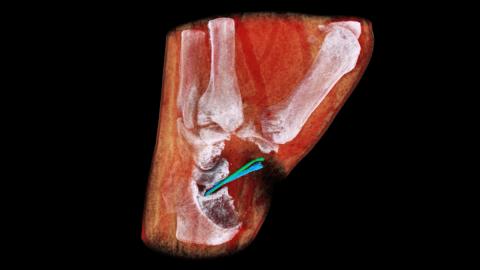
MARS Bioimaging released new images generated with the innovative MARS compact scanner, based on the Medipix3 technology developed at CERN.
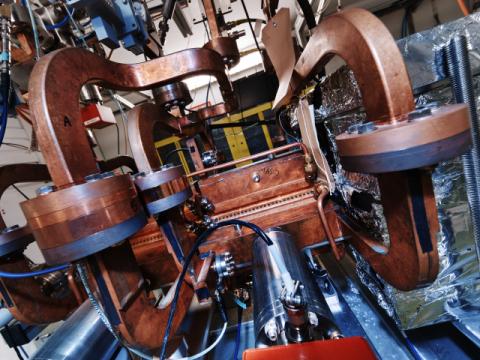
In September 2020, CERN and the Lausanne University Hospital (CHUV) announced their collaboration on an innovative facility that will use CLIC (Compact Linear Collider) accelerator technology.
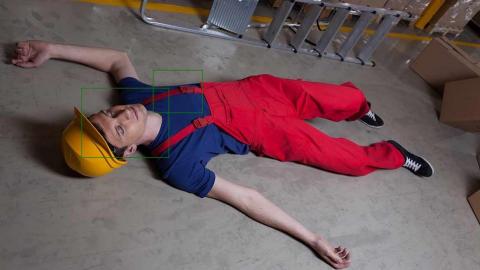
Two other projects initiated with the support of the CERN Medical Applications budget were quickly adapted to COVID-19 research: CAFEIN and MARCHESE.
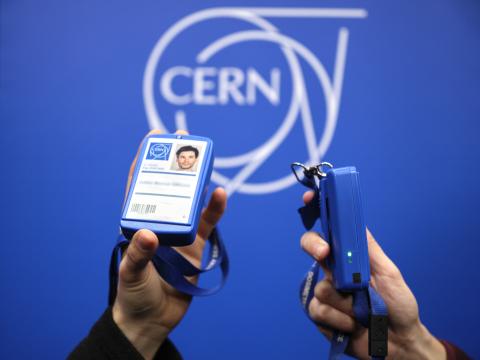
Terabee SAS, a start-up supported by the French BIC Innogex, developed the proximity-sensing device Proximeter, based on CERN’s miniIoT (Internet of Things) technology.
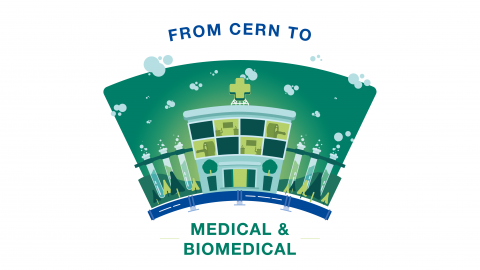
The initial collaboration has now become an international initiative called Circular Health, looking at both technical and data governance aspects.

In 2020, Zenodo, the open-data repository developed by CERN with co-funding from the European Commission, was upgraded with additional storage and a dedicated community for COVID-19 research.

